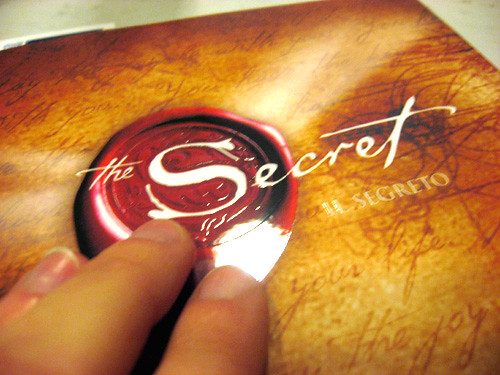
The public often views celebrities through a carefully curated lens, a dazzling facade of glamour, talent, and success. Yet, behind the glitz and headlines, these iconic figures are just as human as anyone else, grappling with personal demons, health issues, and unexpected tragedies. When a well-known personality dies suddenly, the world is left searching for answers, trying to piece together the narrative of their final moments.
In the aftermath of such profound losses, the details that emerge from death scenes can be both illuminating and heartbreaking. While no collection of objects can fully capture the complexity of a person’s life, the things found surrounding famous individuals at the time of their passing often provide invaluable, albeit incomplete, insights. These discoveries can shed light on their struggles, intentions, hidden truths, or even the bizarre circumstances that led to their demise, painting a picture that their public image often concealed.
From cryptic notes to revealing personal effects, and from medical paraphernalia to the remnants of a life lived in secret, these items offer a rare glimpse into the private world of those we thought we knew so well. In this exploration, we delve into a series of celebrity death scenes, examining the intriguing objects discovered that helped investigators and the public alike understand the often-shocking reality behind their final curtain calls. These are the powerful stories told not by words, but by the silent witnesses left behind.

1. **Marilyn Monroe’s Mysterious Medications and the Unsolved Questions**
In 1962, the world was stunned by the sudden death of Hollywood icon Marilyn Monroe, found unresponsive in her bed by her housekeeper and psychiatrist. The initial cause of death pointed to an overdose, a tragic end for a star who captivated millions with her beauty and vulnerability. The items found in her bedroom immediately raised questions, becoming central to one of Hollywood’s most enduring mysteries.
Near her bed, police discovered multiple pill bottles, a common sight given Monroe’s known struggles with insomnia and anxiety. These included various uppers and downers, which she reportedly took regularly, often in combination with alcohol. Among them was a bottle that should have contained Nembutal, a powerful barbiturate sedative frequently used for surgical procedures or severe insomnia. Monroe had been prescribed this medication shortly before her death, with instructions to take only one pill a night.
However, investigators noted a critical detail: the bottle was empty. This finding, coupled with the deputy medical examiner’s report of no sign of the drug in her stomach during the autopsy, fueled a wave of conspiracy theories. Many believed the Nembutal was a cover-up for an entirely different cause of death, suggesting foul play rather than suicide or accidental overdose. The prevalence of these theories was so significant that the case was reopened two decades later, in 1982.
During the re-examination, it was determined that there would have been sufficient time between when Monroe was believed to have taken the medication and when the autopsy occurred for all traces of it to have left her stomach. While this conclusion aimed to dispel the lingering doubts, the empty pill bottle and initial findings remain etched in memory, haunting reminders of unresolved questions surrounding her tragic end. Her phone, which she seemed to have been either holding or reaching for, added another layer of poignancy, suggesting a final, desperate attempt at communication.
Read more about: Beyond the Headlines: 13 Celebrity Deaths That Still Puzzle Experts and Fans Alike

2. **Nancy Spungen’s Chaotic End at the Chelsea Hotel**
Nancy Spungen, a notorious figure in the 1970s NYC punk scene, was known for her tumultuous lifestyle and her association with rock stars. Her relationship with Sex Pistols bassist Sid Vicious was particularly infamous, a whirlwind of passion, self-destruction, and escalating drug use. In 1978, their chaotic saga reached its tragic climax when Spungen was found murdered in the legendary Chelsea Hotel in New York City, a victim of a stabbing. Vicious was immediately presumed guilty, though the full truth of that night remains shrouded in uncertainty.
The crime scene itself provided a stark testament to the couple’s volatile existence, though it offered surprisingly few direct clues about the murder weapon. Investigators from the Forensic Crime Scene Unit meticulously searched the room, primarily focused on locating the knife used in the attack. They found an abundance of blades, as Vicious was known to have a collection of knives, complicating the search for the specific instrument of death. This detail alone spoke volumes about the environment of danger and unpredictability that surrounded them.
Further examination of the room by Dr. Greeta Natarajan, a young associate medical examiner, unearthed more disturbing evidence of their drug-fueled reality. Several blood-soaked hypodermic needles were discovered, along with various barbiturates, indicating the extensive substance abuse that plagued the couple. These findings highlighted their profound addiction and suggested Vicious’s potential incapacitation, a theory some have advanced to question his sole culpability.
Beyond the grim evidence of violence and addiction, the room also contained all of Spungen and Vicious’s worldly possessions. Among these were a massive amount of stockings and numerous photos of the couple, all stuffed haphazardly into plastic Harrods bags. This collection of mundane, yet deeply personal, items contrasted sharply with the surrounding chaos, offering a poignant glimpse into the lives of two young individuals whose lives spun out of control amidst the backdrop of punk rock notoriety and tragic addiction.
Read more about: Beyond the Headlines: 13 Celebrity Deaths That Still Puzzle Experts and Fans Alike
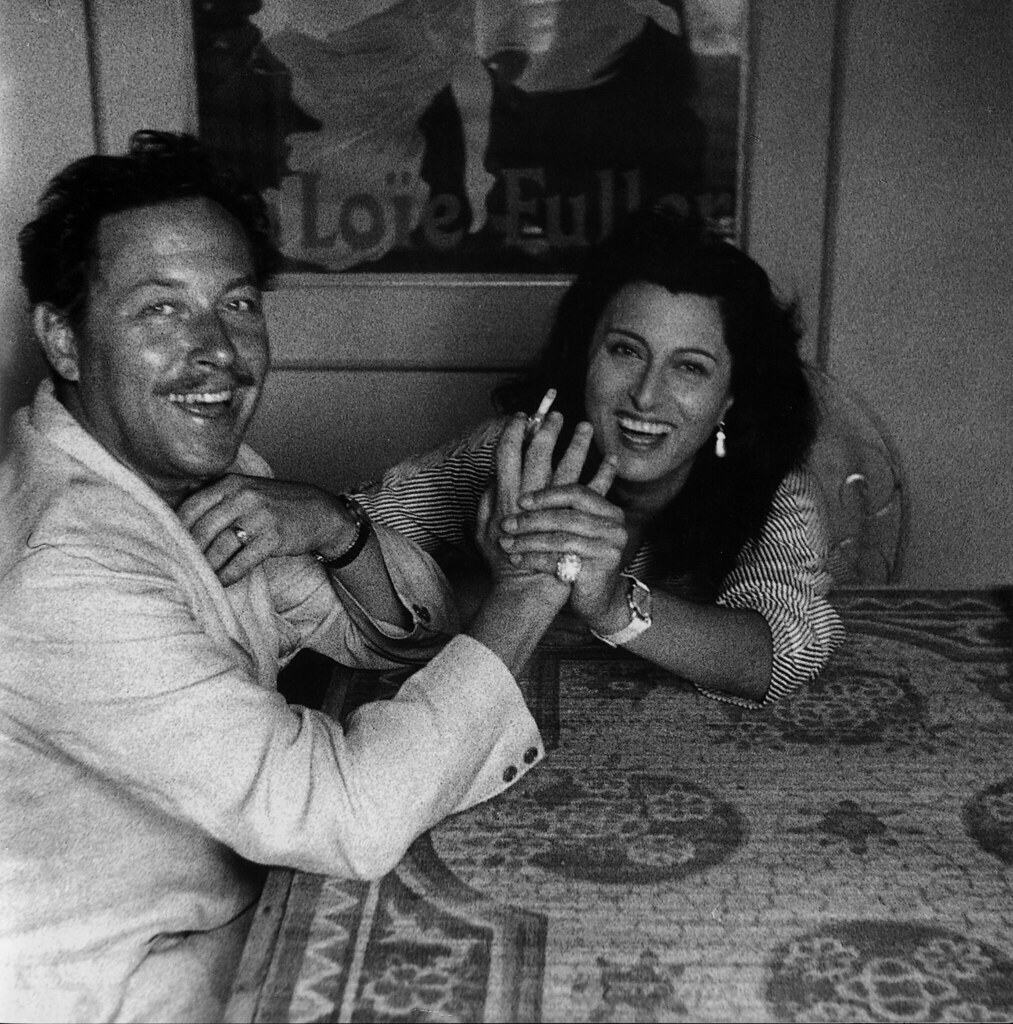
3. **Tennessee Williams’ Bizarre Last Moments and Long Struggles**
The esteemed playwright Tennessee Williams, the genius behind classics like “A Streetcar Named Desire,” met an unexpectedly bizarre end in 1983. He was found dead in his New York City hotel room by his secretary, a discovery that would soon reveal a unique and tragic cause of death. The autopsy determined that Williams had died of asphyxiation, having choked on a small plastic cap. This tiny, innocuous object, likely from an eye drop or nasal spray bottle, played a pivotal and unlikely role in the death of a literary giant.
While the plastic cap was the immediate cause of death, it was not the sole factor contributing to his demise. The scene in Williams’ room painted a broader picture of his long-term struggles. Also found were an empty bottle of wine and various pills, clearly indicating a night that involved both alcohol and medication. The medical examiner later confirmed that Williams had taken Secobarbital, an insomnia medication, before he died, suggesting his attempt to find rest that tragic evening.
These findings were not isolated incidents but rather reflective of Williams’ well-documented, decades-long battle with sleeping pills and alcohol. His history included a period of treatment by the notorious physician Max Jacobson, infamously known as “Dr. Feelgood.” Jacobson was known for administering amphetamine injections to his celebrity patients, a practice that Williams also experienced. The playwright’s relationship with Jacobson ended after an incident where Williams was reportedly drinking in the medical office, leading the doctor to refuse further treatment.
Despite this, Williams continued to seek and find other doctors who would prescribe him the medications he relied upon. The empty wine bottle and pills found in his room underscored a pattern of self-medication that ultimately contributed to the circumstances of his death. The combination of his health issues, the insomnia medication, and the tragically misplaced plastic cap brought a sorrowful end to the life of one of America’s most celebrated playwrights, leaving a legacy as complex and poignant as his own works.
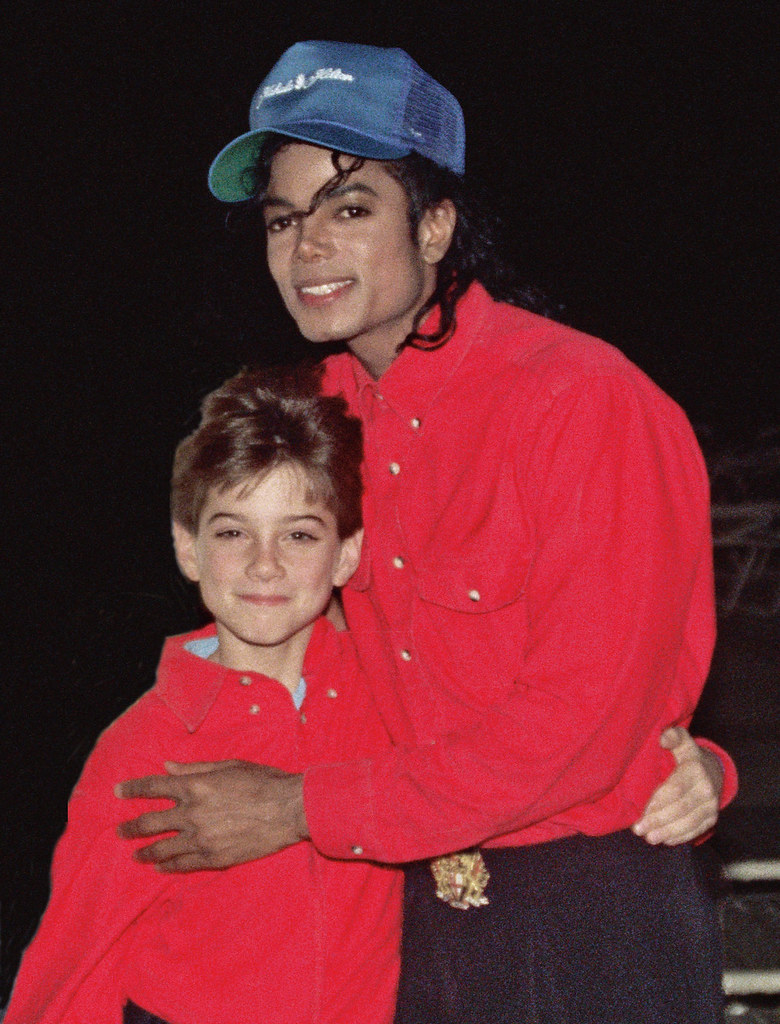
4. **Michael Jackson’s Disturbing Discoveries and Hidden Darkness**
The death of Michael Jackson in 2009 sent shockwaves across the globe, bringing a tragic end to the life of the King of Pop. While his cause of death was officially attributed to a deadly cocktail of prescription drugs administered by his doctor, the items discovered in his home by police investigators in the aftermath revealed a far more disturbing and sinister side to his private life than his public persona ever suggested. The pristine image of the global superstar was fractured by these unsettling findings.
The immediate room where Jackson died contained the expected medical equipment, including oxygen tanks and an IV stand, evidence of the extensive medical care he was receiving—or, in this case, the lethal regimen. However, as investigators delved deeper into his sprawling residence, they uncovered a multitude of items that painted a dark and troubling portrait. Among these were large amounts of pornography of all kinds, featuring both adult men and women, contradicting any public perception of his personal life.
Even more distressing were several books containing images of nude children, a discovery that ignited widespread alarm and deepened public concern. These findings added a grim and unsettling layer to the already tragic circumstances of his death, raising profound questions about the hidden aspects of his private world. The sheer volume and nature of these materials hinted at a secret life that was starkly at odds with his carefully crafted public image as a childlike entertainer.
Perhaps the most shocking discoveries were collectively designated by police as “Evidence Item #510.” This consisted of two separate bags: one filled with various articles of clothing, including children’s clothes, and another, a plastic Disneyland bag, containing underwear and bloody bed sheets. These items, found in his home, provided a chilling and undeniable context to the circumstances surrounding his passing, transforming the narrative from merely a tragic overdose to something far more complex and deeply disturbing, leaving a legacy forever shadowed by these unsettling revelations.

5. **Princess Diana’s Scattered Pearls: A Poignant Trace**
The tragic high-speed car crash in Paris in 1997 that claimed the life of Princess Diana, the beloved “People’s Princess,” left the world in mourning. The immediate aftermath was chaotic, with paparazzi cameras, which had relentlessly pursued her limousine, quickly confiscated to prevent the dissemination of graphic images from the scene. Martine Monteil, the police chief who led the investigation, arrived at the devastating site, tasked with noticing every small detail amidst the wreckage.
Monteil described a scene of utter destruction: shattered glass, debris from the crushed vehicle, and the grim reality of a fatal collision. Yet, amidst this chaos, she made a particularly poignant discovery that offered a deeply human and heartbreaking trace of the princess herself. Scattered around the crash site, almost like fallen tears, were tiny pearls. These delicate beads were believed to be from a necklace that Diana had been wearing at the time of the impact, a small adornment that became a powerful symbol of her presence in those final, terrifying moments.
The discovery of the pearls was not just a forensic detail; it provided a tangible, emotionally resonant connection to the royal who had touched so many lives. It was a stark reminder of the individual behind the title, a personal item surviving the catastrophic event. In a situation where the exact dynamics of the crash were still being pieced together—involving an intoxicated driver, a lack of seatbelt use, and the relentless pursuit of the paparazzi—these pearls served as a silent witness, encapsulating the fragility of life and the suddenness of the tragedy.
The pearls became one of the most enduring and heartbreaking details from the scene, symbolizing not only the beauty and grace of Princess Diana but also the brutal force that ended her life. They stood as a quiet testament to the human cost of unchecked fame and the insatiable demand for celebrity images, a small, yet profoundly moving, element within a global catastrophe that forever changed the way the world viewed its royals and the media that surrounded them.
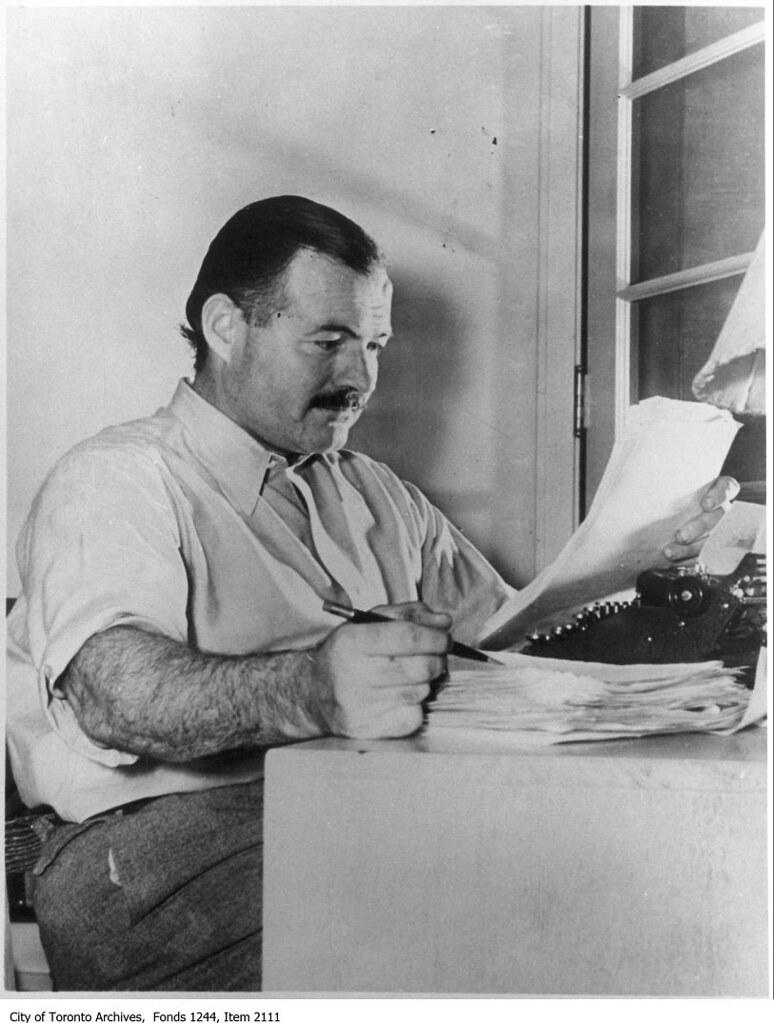
6. **Ernest Hemingway’s Accessible Keys and a Wife’s Dilemma**
Ernest Hemingway, the celebrated author known for his powerful prose and adventurous life, battled profound personal demons, including bipolar disorder, alcoholism, and severe depression. His struggles culminated in multiple suicide attempts, leading to inpatient mental health treatment. Against the explicit wishes of his wife, Mary, he was deemed ready to leave the hospital. Tragically, just two days later, he died by suicide, using a shotgun, leaving behind a legacy intertwined with the agonizing decisions faced by those who loved him.
Mary Hemingway was acutely aware of the risk her husband posed to himself, particularly given the presence of firearms in their home. In an effort to safeguard him, she had taken the difficult step of locking all the guns in their storage room. However, in a decision that would later be questioned and become a source of family controversy, she placed the keys to this storage room on top of their kitchen window. This action, intended perhaps as a compromise or a gesture of trust, ultimately provided the means for his final act.
Hemingway’s son, Patrick, later voiced his concerns about the accessibility of these keys, highlighting the desperate tightrope walk loved ones navigate when dealing with suicidal individuals. Mary, however, explained her rationale, stating that she “didn’t feel that she had the right to fully prevent him from accessing his things.” This poignant justification reveals the immense psychological burden and the impossible choices faced by family members who are trying to balance personal autonomy with the imperative to protect.
Ultimately, Ernest Hemingway retrieved one of his shotguns using those accessible keys. Mary discovered his body in the entryway of their home, dressed in his bathrobe, confirming the devastating outcome she had so desperately tried to prevent. The story of the gun and the keys remains a heartbreaking testament to the complexities of mental health struggles and the profound impact they have on families, underscoring the blurred lines between protecting a loved one and respecting their perceived rights, even in the face of immense danger.
The public often views celebrities through a dazzling facade, but the raw details from their death scenes unveil a starkly different reality. The objects left behind, whether mundane or profoundly significant, offer invaluable insights into their struggles, intentions, and the often-heartbreaking circumstances of their final moments. These silent witnesses serve as powerful narratives, inviting us to look beyond the curated images and into the profound, all-too-human vulnerability that fame could never truly obscure.
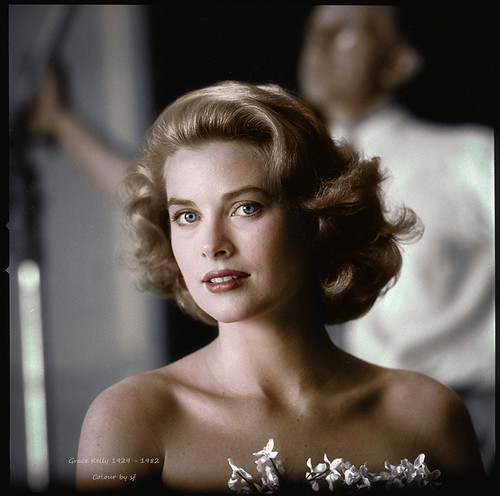
7. **Grace Kelly’s Packed Car and a Tragic Twist of Fate**
Grace Kelly’s life, from Hollywood starlet to Monaco’s princess, appeared a perfect fairy tale. This narrative was tragically shattered in 1982 when her green Rover 3500 plunged off a cliff, claiming her life. The car’s backseat was inexplicably packed with dresses and boxes.
This seemingly ordinary cargo, meant for her daughter Stephanie’s new school in Paris, played an unexpected and pivotal role. The sheer volume of these personal belongings meant there was no room for Kelly’s usual professional chauffeur. Consequently, the princess, who rarely drove herself, was behind the wheel that fateful day.
Further complicating the situation, Kelly was reportedly feeling unwell before the crash. While various theories about the accident persist, including a potential argument or brake failure, evidence suggests she may have suffered a mild stroke while driving. The combination of her ill health, infrequent driving, and the overloaded car transformed a routine journey into an irreversible tragedy. The items intended for her daughter’s future became a poignant, silent witness to the princess’s final, unexpected moments.

8. **Adolf Hitler’s Opulent Bunker and a Desperate End**
Adolf Hitler’s name evokes tyranny, yet the details of his bunker’s contents offer a disturbing glimpse into his final days. Far from a spartan shelter, the complex beneath Berlin was surprisingly opulent, with red carpets, stolen art, and a full staff even as Allied forces closed in.
When soldiers finally breached the bunker, they found it partially burned, yet telling details remained. Fancy, bloodstained furniture painted a chilling tableau of his final hours. This scene underscores his refusal to abandon perceived status, even as he distributed cyanide capsules to his loyalists, fed one to his dog, and then took his own life.
Beyond the immediate scene, other items hinted at the desperate aftermath. A massive safe inside had been plundered, its contents stolen. Around the exterior, empty gas canisters lay scattered, stark reminders of the hasty burning of Hitler’s corpse and that of his new wife, Eva Braun. These efforts were a desperate attempt to prevent their remains from becoming symbols in the hands of the enemy.

9. **Heath Ledger’s Unfinished Plans and Hidden Aspirations**
Heath Ledger, a brilliant actor, died tragically young at 28 in 2008 from a prescription drug overdose. While headlines focused on the Xanax, Valium, and Ambien found in his New York City apartment, other items offered a more profound insight into his state of mind and future.
Among his personal effects, investigators found a book by Malcolm Gladwell. This suggested Ledger remained intellectually engaged and curious, actively pursuing knowledge even in his final days. This detail revealed a mind still reaching, still exploring, beyond the public perception of his struggles.
Even more revealing was a film script for a highly anticipated project directed by Stephen Gaghan. The role, initially for a more seasoned actor, had been reimagined for a younger talent. Ledger, with his incredible range, was deemed perfect for the demanding part, eagerly anticipating a new collaboration.
Gaghan later expressed his hopes that this would be the first of many projects with Ledger. The script’s presence at his death scene is profoundly heartbreaking, symbolizing not just a career cut short, but a vibrant future brimming with artistic potential that would tragically remain unrealized. It stands as a stark reminder of the talent lost too soon.

10. **Zelda Fitzgerald’s Charred Ballet Slipper and an Untimely End**
Zelda Fitzgerald, F. Scott Fitzgerald’s captivating wife, was the quintessential Roaring Twenties flapper. Yet, her dazzling persona often overshadowed the true Zelda: a talented dancer, artist, and writer whose eloquence profoundly influenced her husband’s work. Behind the glamour, she battled severe mental health issues throughout her adult life.
Her struggles led to long periods in various treatment facilities, culminating at a mental hospital in Asheville, North Carolina. In a horrific twist in 1948, the institution caught fire, claiming nine patient lives. Zelda, deeply sedated, had no chance of escape from the inferno.
Her body was discovered amidst the devastating rubble the following day. Among the grim findings, a haunting legend emerged: that she was found with a single charred ballet slipper. While never officially confirmed, this detail adds a poignant mystery to her dramatic life, connecting her final moments to her enduring artistic passion.
The ballet slipper, whether fact or legend, deeply resonates with Zelda’s aspirations for dance, a pursuit often curtailed by her mental health. It symbolizes the complex individual beneath the socialite image, a woman whose creativity and spirit burned brightly, even as her life ended in such an uncontrollable and devastating manner.

11. **Joseph Stalin’s Stopped Watch and a Silent Demise**
Soviet dictator Joseph Stalin’s health declined significantly after a major medical event in 1945. Despite his physical and mental deterioration, he vehemently denied his frailty, even persecuting doctors who dared to advise him on better care.
On March 1, 1953, Stalin failed to emerge from his chambers all day. His staff, terrified of his orders never to enter uninvited, waited until a concerning 11 p.m. before finally venturing in. They found Stalin helpless on the floor.
The few items found with him offered a chilling timeline. A newspaper lay beside a pocket watch, which had stopped precisely at 6:30 a.m. This indicated he had been incapacitated for nearly 17 hours without assistance, a testament to the fear that prevented anyone from checking on him sooner.
The only other notable item was a bottle of mineral water on a nearby table, suggesting he might have been seeking a drink when he collapsed. The stopped watch, untouched newspaper, and isolated water bottle paint a stark picture of a powerful leader succumbing to mortality, alone and unaided, a tragic end reflecting the absolute power he wielded.
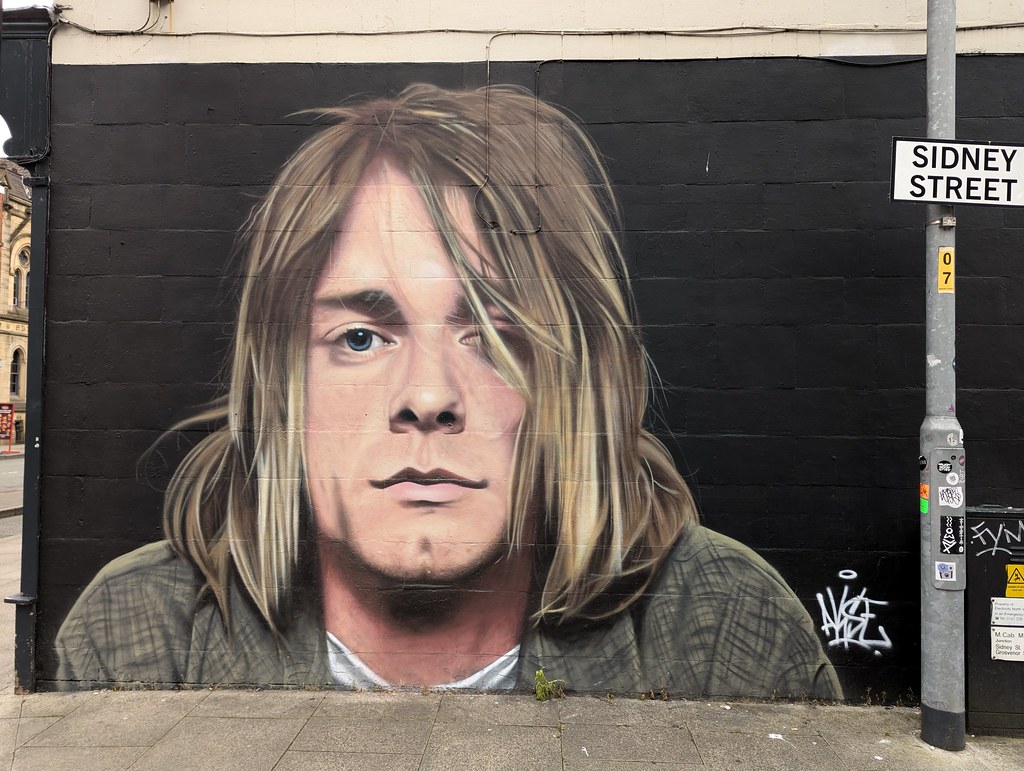
12. **Kurt Cobain’s Poignant Farewell and Deliberate Arrangements**Kurt Cobain, Nirvana’s iconic frontman, died by suicide in 1994 at his Seattle home, ending a generational voice. His struggles with depression and addiction were well-known, with loved ones attempting interventions before his final, tragic isolation.
Kurt Cobain, Nirvana’s iconic frontman, died by suicide in 1994 at his Seattle home, ending a generational voice. His struggles with depression and addiction were well-known, with loved ones attempting interventions before his final, tragic isolation.
While the exact sequence of events remains unknown, items found in his greenhouse offered a poignant picture of his final moments. Investigators discovered several personal effects carefully arranged, almost as if to convey a message or aid identification.
These included his distinctive hat, a piece of his public persona, and a cigar box containing the drugs he took before ending his life—a stark testament to his addiction battle. Critically, his wallet lay open with his ID visible, suggesting a deliberate act to ensure swift identification.
His suicide note, a deeply personal and agonizing message, was found prominently stabbed into the soil of a planter with the pen he used. These arranged objects collectively paint a harrowing image of a man preparing for his final act, meticulously leaving clues to his identity and profound despair, a tragic final chapter to a life of immense artistic contribution and personal torment.
These deeply personal insights, gleaned from often-overlooked objects at celebrity death scenes, powerfully remind us that beneath fame and public image, lies a shared human experience of joy, pain, and vulnerability. The items left behind are not merely forensic evidence; they are echoes of lives, struggles, and final moments that continue to resonate. They transform private tragedies into public lessons, showing us that even the most celebrated among us are, in their ultimate moments, profoundly human.



